Awards

Professor Jürg Baumann
Basel, 1983
1959: specialised in Surgery (Basel)
1963: specialised in Orthopaedics. Developed neuro-orthopaedic unit
Developed Gait Laboratory in Basel
Thesis: Gait Analysis based on cinematography and EMG
Professor of Orthopaedics (1983)
Strong link with David Sutherland. Pioneer of Gait Analysis in Europe
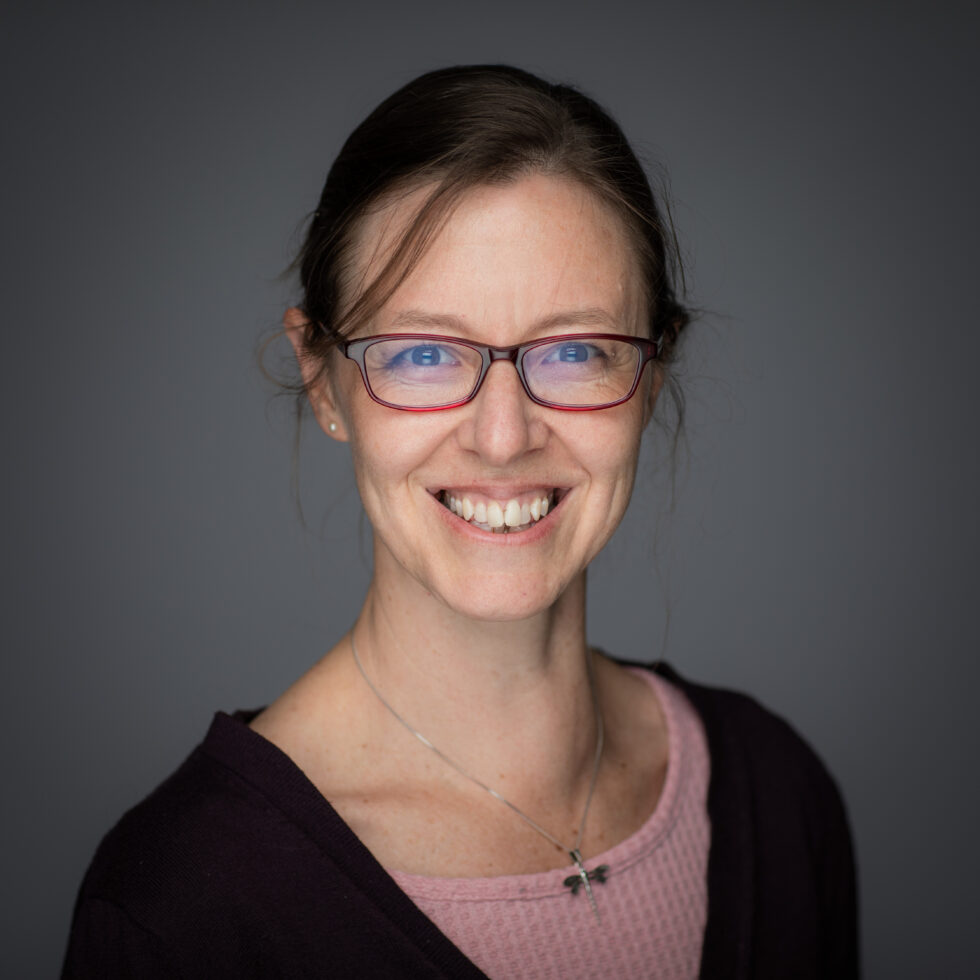
Julie Stebbins
Basel, 2025
Nuffield Department of Orthopaedics, Rheumatology and Musculoskeletal Sciences
Julie is a clinical scientist working at the Oxford Gait Laboratory and within the Nuffield Department of Orthopaedics, Rheumatology and Musculoskeletal Sciences, University of Oxford. Her research primarily focuses on biomechanics of the foot and ankle. More recently, she has been involved in setting up gait analysis services in Ethiopia and other countries in sub-Saharan Africa.

Andrew Roberts
Oslo, 2024
Andrew Roberts is a children’s orthopaedic surgeon who acts as the medical director of Oswestry’s gait laboratory.
Only by getting involved with the process of gait analysis can a clinician get the best out of this technology so he spends a good deal of his time examining patients and interpreting the data.

Sebastian Wolf
Athens, 2023
Sebastian Wolf is a physicist and moved to the field of Human Movement Analysis in 2001 when he started as technical head of the Movement Analysis Lab, Center for Orthopedics, Trauma Surgery and Spinal Cord Injury, Heidelberg University Hospital, Germany.
He is now the Director of the Division Human Movement Analysis responsible for clinical gait analysis and research. In 2015 he became associate professor and later an extra-ordinary professor for Orthopedic Biomechanics at the Medical Faculty of Heidelberg University.
He founded the German speaking society for gait analysis GAMMA in 2005 and was President of ESMAC (2015–2019). He focuses on neurologic and orthopedic gait disorders, prosthetics, and orthotics. He teaches for both GAMMA and ESMAC.

Jean Stout
Dublin, 2022
Jean Stout is a pediatric physical therapist with over 35 years of experience at Gillette Children’s Specialty Healthcare in St. Paul, USA.
She lectures worldwide on gait analysis and outcome assessment in children with cerebral palsy. Her research includes crouch gait, muscle fatigue, and fitness. She is a PhD candidate at the University of Minnesota in Rehabilitation Science.
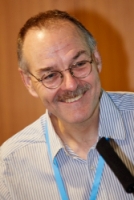
Martin Gough
Amsterdam, 2019
Martin is a paediatric orthopaedic surgeon with a special interest in the orthopaedic management of children with disability due to neuromuscular disease.
He trained in orthopaedic surgery in Ireland, and following fellowship experience in the Hospital for Sick Children in Toronto, he took up his present post working with the team in the Evelina London Children’s Hospital and the One Small Step Gait Laboratory in Guy’s and St Thomas’ NHS Foundation Trust, London in 1998.
His interests include the causes and treatment of deformity in children with cerebral palsy.
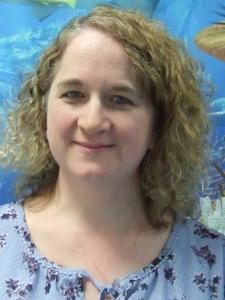
Caroline Stewart
Prague, 2018
Caroline Stewart has over 25 years’ experience in clinical gait analysis. She began her research at Strathclyde University, completing her PhD in prosthetic gait in 1995.
Subsequently she was employed as a clinical engineer in ORLAU, a specialist department of the Robert Jones and Agnes Hunt Orthopaedic Hospital in Oswestry in the UK.
Caroline now manages these busy clinical services. In 2013 she took up a part time academic post at Keele University.
Caroline has also served on the committees of the UK and Ireland Clinical Movement Analysis Society (CMAS), taking a particular interest in the development of national standards.
Her research interests include musculoskeletal modelling and gait analysis as an outcome measure. She swims and excavates medieval ruins in her free time.
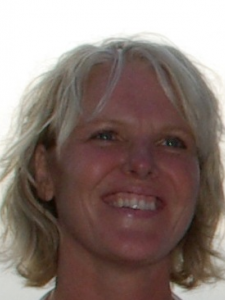
Eva Broström
Trondheim, 2017
Eva Broström is a notable contributor to gait analysis and movement science. Her lecture in Trondheim reflected her long-standing commitment to pediatric orthopedic care, combining clinical expertise and innovation in motion analysis.
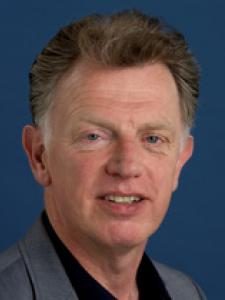
Jaap Harlaar
Seville, 2016
Jaap Harlaar was educated in electrical engineering, specialising in biomedical engineering.
During his PhD project he developed instruments for motor function assessment focused on EMG and movement analysis.
His work focuses on neurorehabilitation and clinical gait analysis.
He is professor at VU University Medical Center in Amsterdam and has led many EU projects related to musculoskeletal modeling.
Jaap is past president of ESMAC and SMALLL.
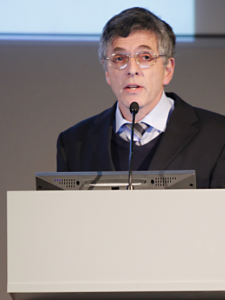
Leonhard Döderlein
Heidelberg, 2015
Leonhard Döderlein is a renowned expert in pediatric orthopedics and cerebral palsy. He introduced 3D gait analysis in Heidelberg and later led the clinic in Aschau.
His work integrates biomechanics and clinical treatment of gait disorders and deformities in children.

Tim Theologis
Rome, 2014
Tim Theologis’ lecture focused on the management of flexible flat feet in children, the mismatch between clinical severity and symptoms, and the role of motion analysis and imaging in understanding and treating this condition.
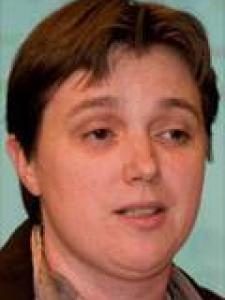
Ilse Jonkers
Glasgow, 2013
Ilse Jonkers is a professor at KU Leuven and head of Human Movement Biomechanics. Her research spans musculoskeletal simulation and the application of 3D motion analysis in optimizing rehabilitation and physical therapy practices.
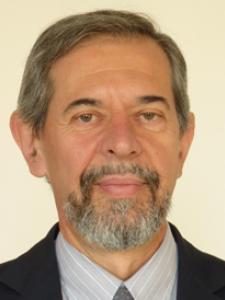
Carlo Frigo
Stockholm, 2012
Carlo Frigo is a biomechanical engineer and expert in human motion analysis. He co-developed the ELITE system and the SAFLo protocol, and has been instrumental in clinical gait analysis in Italy. His lecture addressed musculoskeletal modeling and its applications.
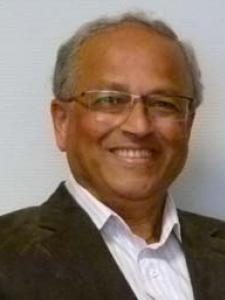
Anand Nene
Vienna, 2011
Dr. Anand Nene has made significant contributions in cerebral palsy gait analysis and spasticity management. His lecture focused on the bi-functional nature of the rectus femoris and its distinction from the quadriceps group in pathology and rehabilitation.
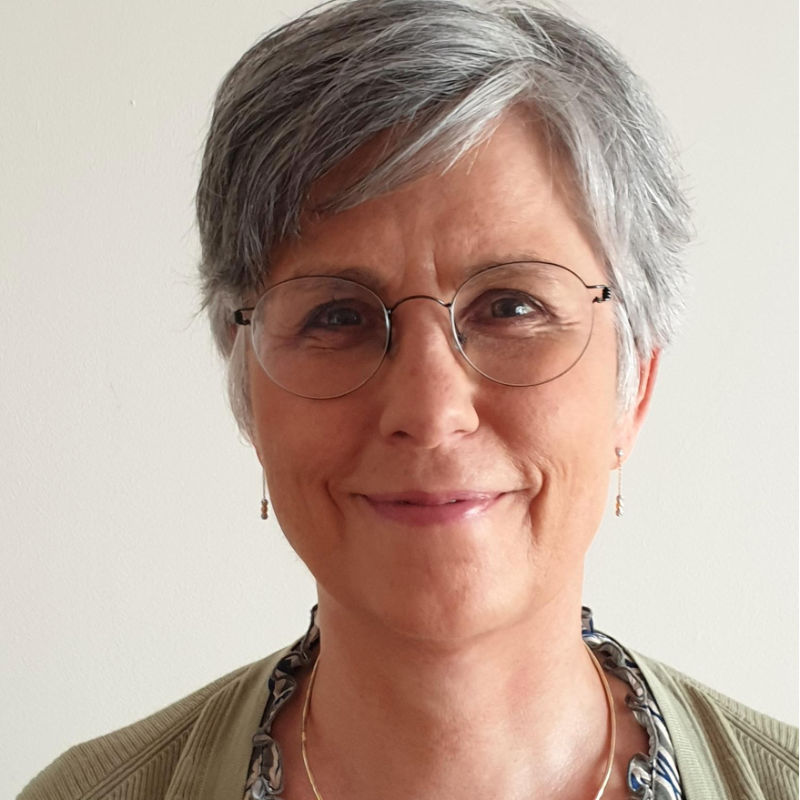
Kaat Desloovere
Miami, 2010
Kaat Desloovere is a leading researcher in clinical movement analysis and cerebral palsy. She played a key role in advancing standards and protocols for gait analysis across Europe and beyond.
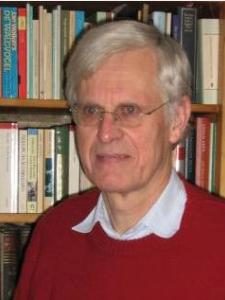
At Hof
London, 2009
At Hof, from the University of Groningen, has significantly contributed to understanding human balance and gait. His lecture discussed biomechanical mechanisms of balance and their clinical relevance in gait analysis and rehabilitation.

John Patrick
Antalia, 2008
John Patrick presented on key advances in pediatric rehabilitation and gait measurement. His work has informed standards in clinical gait labs globally.

Ann Jenkinson
Athens, 2007
Ann Jenkinson has been a pioneer in motion capture technology application in pediatric neurorehabilitation. Her insights into clinical decision-making using gait data were central to the 2007 lecture.
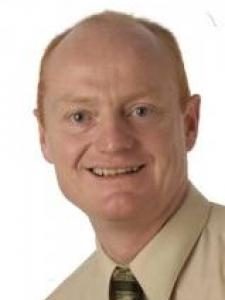
Richard Baker
Amsterdam, 2006
Richard Baker is a global authority in clinical movement analysis. He developed widely adopted methods in kinematics and was a key figure in setting standards across gait labs.
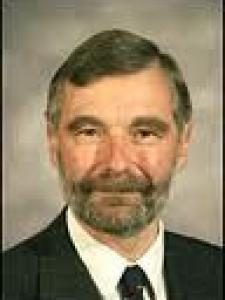
James Robb
Barcelona, 2005
James Robb’s work on cerebral palsy intervention and outcome measurement shaped multidisciplinary approaches in pediatric orthopedics and neurology.

Peter Huijing
Warsaw, 2004
Peter Huijing is recognized for his fundamental research in muscle mechanics and inter-muscular force transmission. His contributions have influenced biomechanical modeling in gait science.

Diane Damiano
Marseille, 2003
Diane Damiano is a leader in pediatric movement science, particularly in cerebral palsy research. She emphasized evidence-based interventions supported by motion analysis.

John O’Connor
Leuven, 2002
John O’Connor has contributed extensively to biomechanics and motor control in orthopedic rehabilitation. His lecture brought biomechanics to clinical reality for gait labs.

Reinald Brunner
Rome, 2001
Reinald Brunner is a trailblazer in pediatric gait analysis. His work in Switzerland laid groundwork for integrating gait labs into pediatric orthopedic care for cerebral palsy and neurodevelopmental disorders.
The deadline for the Dr. Tom Shannon Award is the 20th May 2025 23:59 CET.
The Dr Tom Shannon Award is introduced to acknowledge those early in their career who have performed research and demonstrated leadership that has had a significant impact in the field of movement analysis. The award includes a certificate, an award of 1000 GBP, a free ESMAC membership for one year and a Spotlight webinar to showcase the research organized by the Early Career Network. The award money should be used for scientific purposes, such as attending a conference, visiting another research group, buying research equipment, or funding open-access publications.
The competition is held each year in which there is an Annual ESMAC meeting. In alternating years, an outstanding emerging scientist (up to 4 years after PhD) or promising scientist (up to 8 years after PhD) will be awarded. This year, we are looking for our most Emerging Scientist that has started establishing themselves within the field of (clinical) movement science. The panel will take into account the years post-PhD relative to the impact on the field. We welcome all eligible applications!
The winner of the award is expected to be present at the upcoming ESMAC to receive the award. In addition, they are expected to provide an ESMAC ECN webinar presentation (scheduled with the awardee in the weeks after the congress) on the recent studies and research vision that have contributed to the award. The winner should be able to provide a copy of their PhD diploma or equivalent.
Requirements:
To be eligible for the award, a candidate should:
(1) be a member of ESMAC in good standing;
(2) be within 4 years after their PhD graduation (or equivalent) at the time of the Annual Meeting (in justified cases this is prolonged – see the application form).
To apply, download and submit the application form ‘ESMAC PS Award template 2025’. It includes a maximum of 2 pages detailing the application and a short CV.
Please send your application to the ESMAC Early Career Award Committee (info@esmac.org with the subject ‘PS award application’) before the 20th of May 2025.
Awardies
ESMAC 2025, Basel, Switzerland
Dr. Inti Vanmechelen (Emerging Scientist Award)
Inti works as a postdoctoral research fellow at KI KBH on 3D gait analysis data of children with CP. The objective of this postdoctoral project is to develop a research database collecting gait analysis and clinical examination data of retrospective clinical data. This data will be used to validate gait pattern classifications using both 3D gait analysis as well as video data. Finally, longitudinal follow-up will be explored to assess
ESMAC 2024, Oslo, Norway
Dr. Hans Kainz (Promising Scientist Award)
Hans is establishing his Neuromechanics Research group at the Department for Biomechanics, Kinesiology and Computer Science in Sports of the University of Vienna. His research focuses on using 3D motion analysis, motor control studies, neuro-musculoskeletal computer simulations and personalized models based on medical images, to enhance our understanding of movement problems in various groups, including children with cerebral palsy, athletes and obese people.
ESMAC 2023, Athens, Greece
Dr. Tamaya van Criekinge (Promising Scientist Award)
Tamaya is a rising postdoc at KU Leuven who aims to improve rehabilitation for patients with neurological disorders. She has a special interest in the role of the trunk on balance and motion decline in the aging population.
This award is presented annually to the authors of the best scientific paper. The highest scoring abstracts are nominated as candidates for the best paper award in the programme for the meeting and the oral presentations are assessed during the meeting. The award includes expedited publication in Gait & Posture and registration for attendance of the principal author at following year’s main congress.
ESMAC 2025, Basel, Switzerland
1st Moustapha Rteil / Abir Massaad
Faculty of Medicine/ University of Saint-Joseph, Laboratory of Biomechanics and Medical Imaging, Beirut, Lebanon
Functional relevance of the spine-hip radiographic classification in patients with adult spinal deformity
2nd Andrew J. Ries
Gillette Children’s Specialty Healthcare, Center for Gait and Motion Analysis, St Paul, USA
Accurate steady-state VO2 estimation with less metabolic data using calibrated patient-specific Bayesian regression models
3rd Helga Haberfehlner
Amsterdam UMC location Vrije Universiteit, Department of Rehabilitation Medicine, Amsterdam, Netherlands
Dystonic posture detection of the hand from common video recordings through MediaPipe and Convolutional Neural Networks
ESMAC 2024, Oslo, Norway
1st Lanie Gutierrez Farewik
KTH Royal Institute of Technology, Dept. Engineering Mechanics
Multiple exoskeletons, multiple objectives: Simulating optimal assistance of active, quasi-passive, and passive assistive devices
2nd Barbara Postolka
KU Leuven, Department of Movement Sciences
Influence of muscle activation on articular ankle joint mechanics
3rd Morgan Sangeux
UKBB, Centre for Clinical movement analysis
On the clinical interpretation of overground gait stability indices in children with cerebral palsy
ESMAC 2023, Athens, Greece
1st Willi Koller
Centre for Sport Science and University Sports, University of Vienna, Austria
Femoral growth plate stresses in children with cerebral palsy compared to typically developing children
2nd Erik Meilak
University of Keele, United Kingdom
Subtalar joint axis alignments in pathological feet of children with cerebral palsy
3rd Brian Horsak
St. Pölten University of Applied Sciences, Austria
Concurrent assessment of a smartphone-based markerless and marker-based motion capture system in pathological gait
ESMAC 2022, Dublin, Ireland
1st Jente Willaert
KU Leuven,Movement sciences, Leuven, Belgium
Increased muscle responses to balance perturbations in children with cerebral palsy
2nd Mark McMulkin
Shriners Children’s, Motion Analysis Center, Spokane, USA
Outcomes of intensive versus minimal spasticity management for individuals with cerebral palsy gait: outcomes for a long-term multi-center study
2nd Nathalie De Beukelaer
KU Leuven, Department of Rehabilitation Sciences, Pellenberg, Belgium
Longitudinal muscle growth in young children with spastic cerebral palsy: evolution of medial gastrocnemius muscle volume
Virtual ESMAC 2021
1st Wouter Schallig
Amsterdam UMC, Department of Rehabilitation Medicine, Amsterdam, Netherlands
Optimizing multi-segment foot model measurements with the Amsterdam Foot Model (O036)
2nd Laure Everaert
KU Leuven, Research Group for Neurorehabilitation (eNRGy), Pellenberg, Belgium
The influence of ankle-foot orthoses on gait pathology in children with cerebral palsy: a retrospective study (O028)
3rd Leonie Bartsch
Heidelberg University Hospital, Clinic for Orthopedics and Trauma Surgery, Heidelberg, Germany
Hindfoot flexibility predicts biomechanical effects of ankle-foot orthoses and laterally wedged insoles in medial knee osteoarthritis (O025)
Virtual ESMAC 2020
1st Lizeth Sloot
Heidelberg University, Institute of Computer Engineering, Heidelberg, Germany
Walk this way: elderly walk like the young, just more slowly
2nd Francesco Cenni
University of Jyväskylä, Faculty of Sport and Health Sciences, Jyväskylä, Finland
Medial gastrocnemius muscle and tendon interaction during gait in typically developing children and children with cerebral palsy
3rd Michael Wade Shrader
Nemours duPont Hospital for Children, Orthopedics, Wilmington, USA
Factors Associated with Walking Activity in Adults with Cerebral Palsy
ESMAC 2019, Amsterdam, Netherlands
1st Nicole Zaino
University of Washington, Department of Mechanical Engineering, Seattle- WA, USA
Spasticity reduction in children with cerebral palsy is not associated with reduced energy during walking
2nd Melvyn Roerdink
Vrije Universiteit, Human Movement Sciences, Amsterdam, Netherlands
Haste makes waste: on the trade-off between walking speed and target-stepping accuracy
3rd Wouter Schallig
Amsterdam UMC, Rehabilitation Medicine, Amsterdam, Netherlands
The influence of soft tissue artefacts on foot kinematics according to the Oxford foot model and Rizzoli foot model
ESMAC 2018, Prague, Czech Republic
1st Mike Schwartz
Gillette Children’s Speciality Healthcare Center for Gait and Motion Analysis, St. Paul, USA
A flexible omnibus matching algorithm (FOMA) to support treatment decisions for children with cerebral palsy
2nd Michael Wachowsky
Klinikum Stuttgart-Olgahospital, Orthopädische Klinik – Ganglabor, Stuttgart, Germany
Comparison of anatomical Tibia-Hindfoot-Alignment and Oxford-Foot-Model marker-set measurement in weight bearing CT – effect of adjustment in the static model
3rd Lorenzo Pitto
KU Leuven, Department of Movement Sciences, Leuven, Belgium
Post-treatment muscle coordination patterns during gait are highly similar to pre-treatment ones in CP children
ESMAC 2016, Seville, Spain
Alessandra Scarton
Assessing trans-femoral residuum/socket interface coupling using 3D motion capture – effect of terrains and walking speed
ESMAC 2015, Heidelberg, Germany
Ayman Assi
Faculty of Medicine, University of Saint Joseph, Beirut, Lebanon
Validation of hip joint center localization methods during gait analysis using 3D EOS imaging in typically developing and cerebral palsy children
This award is presented annually to the authors of the best scientific poster. The highest scoring abstracts from the poster presentations are nominated for the award. The posters will be assessed by a panel during the poster presentation sessions when the authors are available to discuss their work. The winners receive a certificate, and details are published on the ESMAC website.
ESMAC 2025, Basel, Switzerland
1st Saskia Neumann
Immediate and retained effects of single-session multidirectional perturbation-based training on balance recovery in older adults
2nd Nathalie De Beukelaer
Insights into early gait development: Variability and harmony during supported and independent walking of typically developing 12-month-olds
3rd Chris Easthope Awai / Elisa Du
Usability of iGait@Healthcore: Gait analysis from a smartphone for use in clinical routine
ESMAC 2024, Oslo, Norway
1st Paulo Lucareli
Movement Deviation Profile and pain intensity: Insights from three-dimensional gait analysis in women with patellofemoral pain
2nd Niels J. Nedergaard
Knee joint kinematics with the new conventional gait model (CGM2): A comparison of inverse versus directs kinematics
3rd Joel Kearney
Changes in trunk and lower body gait kinematics in children following a Theia3D update
ESMAC 2023, Athens, Greece
1st Sylvia Augustine
The effects of tight or loose-fitting clothing on markerless gait kinematics in adults
2nd Gautier Grouvel
Impaired spatiotemporal gait parameters in patients with unilateral and bilateral vestibular deficits
3rd Albuquerque Tadeu
Exploring the potential of combining kinematics and EMG to enhance identification of individuals with subacromial shoulder pain
ESMAC 2022, Dublin, Ireland
1st Mark Mcmulkin
Use of hamstring muscle-tendon length modeling to guide surgical intervention
2nd Simon Noë & Kaat Desloovere
Influence of patient characteristics on the shape of the medial gastrocnemius in children with cerebral palsy
3rd Catherine Huenaerts
Differences in surface electrode placement and its effect on duration of EMG activity
3rd Paulo Lucareli
Grouping of kinematic factors affect the differentiation of women with patellofemoral pain from controls during dynamic activities
Virtual ESMAC 2021
1st Heleen Huijsmans
Markerless motion tracking to assess upper limb dyskinesia in children and young adults with cerebral palsy
2nd Jacob Beesley & Hannah Shepherd
The Effect of a Medial Knee Thrust Gait Modification on Single Plane and 3D Peak Moments
3rd Marjolein Piening
Midfoot kinematics of valgus and varus foot types in children with cerebral palsy using the Amsterdam Foot Model
Virtual ESMAC 2020
1st Meghan Munger
Outcomes of intensive versus minimal spasticity management strategies on individuals with cerebral palsy: preliminary results of a long-term multi-center study
2nd Jennifer Nelson
Perceived limitations of walking in individuals with cerebral palsy
3rd Laura Oudenhoven
The effect of habituation on differences in energy cost between overground and treadmill walking in typically developing children
3rd Sebastian Durstberger
Evaluating 3D free-hand ultrasound as an alternative approach to register anatomical landmarks: a test-retest study in lean and overweight participants
This award is presented to the authors of the best clinical case study. All presentations given in the clinical case studies session are eligible and will be assessed by a panel of judges during the session. The winners will be announced during the closing ceremony of the meeting and will receive a prize of 200 EUR.
ESMAC 2025, Basel, Switzerland
Andrea Merlo
Instrumental gait analysis (IGA) may suggest further neurologic assessments: A case study
ESMAC 2024, Oslo, Norway
Hanneke Van Duijnhoven
Personalized clinical decision-making by evaluating the effects of a selective nerve block on cycling and gait: A clinical case study
